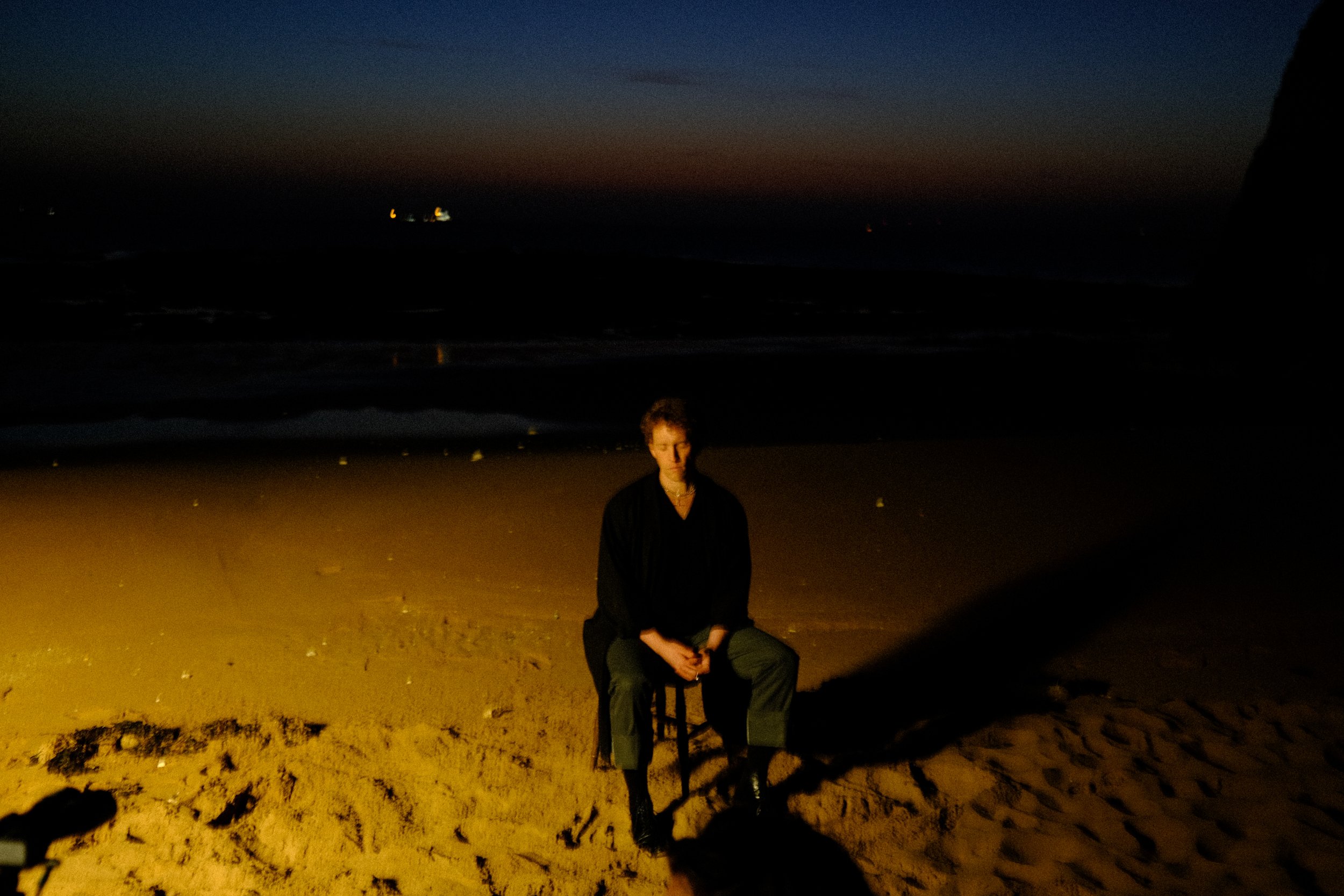The Love I Give
This project was shot on 16 mm film on the east coast of England. Borrowing inspiration from the Fluxus movement and structural filmmaking, The Love I Give uses the roll of film in conjunction with the natural, concrete passage of time to illustrate the concept explored through the song itself: vulnerability and determination.
A single 400 ft roll of 16 mm film allows for roughly 10 minutes of shooting time at a standard frame rate of 24 frames per second (fps). By rigging the camera to shoot at 1 fps, we were allowed roughly 4.5 hours of shooting time. The extended time was imperative to capture an entire sunrise (roughly 3.5 hours). To further the theme of artistic vulnerability beyond simply “risky” film techniques (i.e. shooting on film, shooting a sunrise in a single take) I slowed RHODES’ track down to just under 3% speed so that it would take approximately 3.5 hours to complete - the same amount of time necessary for a sunrise. At the same time, my director of photography (Natasha Duursma) and I calculated precise practical zoom increments on the Cinefade VariND. Every 6 seconds we would zoom by 0.1 mm, which would translate to a slow, consistent zoom-in/zoom-out over the course of the finished work.
To perfect the slow performance necessary I shot footage of myself at home in real-time performing the track. I then slowed my performance down, added phonetic cues as subtitles (since the slowed-down song would be too slow to understand audible cues), and played the video back as a reference while recording myself again, this time for the full 3.5 hours. I took this video and sped it back up to a typical 24 fps timeline and lined it up with the music. The results were successful so I brought the rehearsal tapes to RHODES and we practiced three times all the way through.
On the day, with the aid of our technical scout and a sun-path-finder, we placed RHODES between the lens and our anticipated sunrise and began shooting precisely at 4:03 am so that the actual sunrise entered our frame within the first chorus of the song.
The result is a continuous, 24 fps work that aligns precisely with the song lyrics, the sunrise, the practical zoom, and the slowed-down, meditative performance from RHODES. Blurring the lines of technical application and performance, I was able to discover new and interesting ways that my work can interact with and benefit from the use of time in unconventional ways and in turn make correlations between time itself and its heightening power over human vulnerability.


